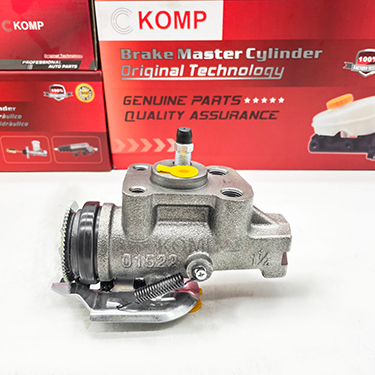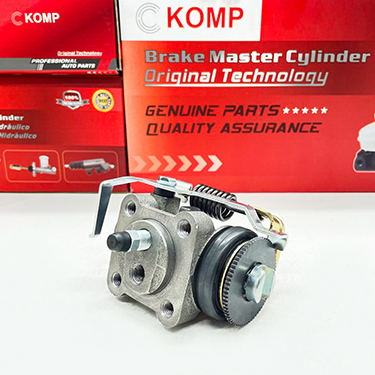Brake wheel cylinders are crucial components in the braking system of vehicles. They play a vital role in converting hydraulic pressure into mechanical force, thus facilitating the operation of the brake shoes or pads. In this blog, we will explore the working principles and various classifications of brake wheel cylinders.
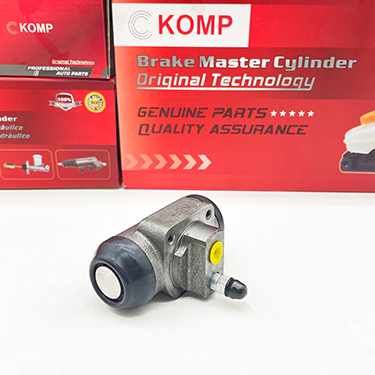
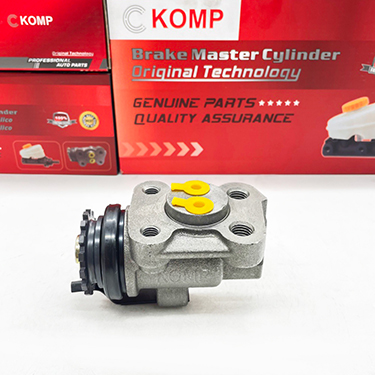
Working Principles:
Brake wheel cylinders work on the principle of hydraulic force amplification.
When the brake pedal is pressed, it activates the master cylinder, which
generates hydraulic pressure. This pressure is transmitted through the brake
lines to the wheel cylinders located at each wheel. The wheel cylinders consist
of a piston housed within a cylinder. As hydraulic pressure is applied, the
piston is pushed outward, causing the brake shoes or pads to make contact with
the brake drum or rotor.
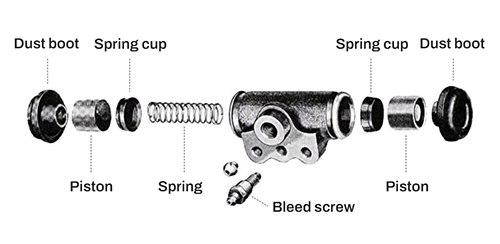
Classification of Brake Wheel Cylinders:
Brake wheel cylinders can be classified based on different factors such as
design, size, and application. Let's look at two commonly used classifications:
1. Single Piston Wheel Cylinder:
Single piston wheel cylinders are the most common type found in many vehicles.
As the name suggests, they consist of a single piston that pushes the brake
shoe against the drum or brake pad against the rotor. These cylinders are
relatively simple in design and are commonly used in drum brake systems.
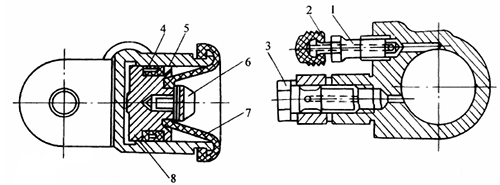
2. Dual Piston Wheel Cylinder:
Dual piston wheel cylinders are often utilized in vehicles equipped with disc
brakes. They have two pistons that are operated simultaneously to apply equal
pressure to both sides of the brake caliper. This arrangement ensures more
balanced braking and improved performance, especially during heavy braking
situations.
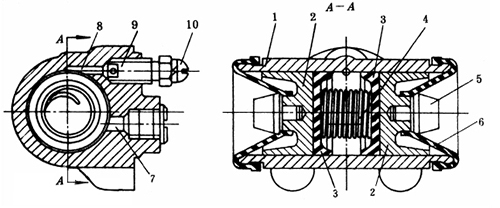
It's important to note that there are variations and combinations of these classifications, depending on the specific brake system design and vehicle requirements. Manufacturers may also incorporate additional features such as self-adjusting mechanisms or integral parking brake mechanisms into the design of the wheel cylinders.
